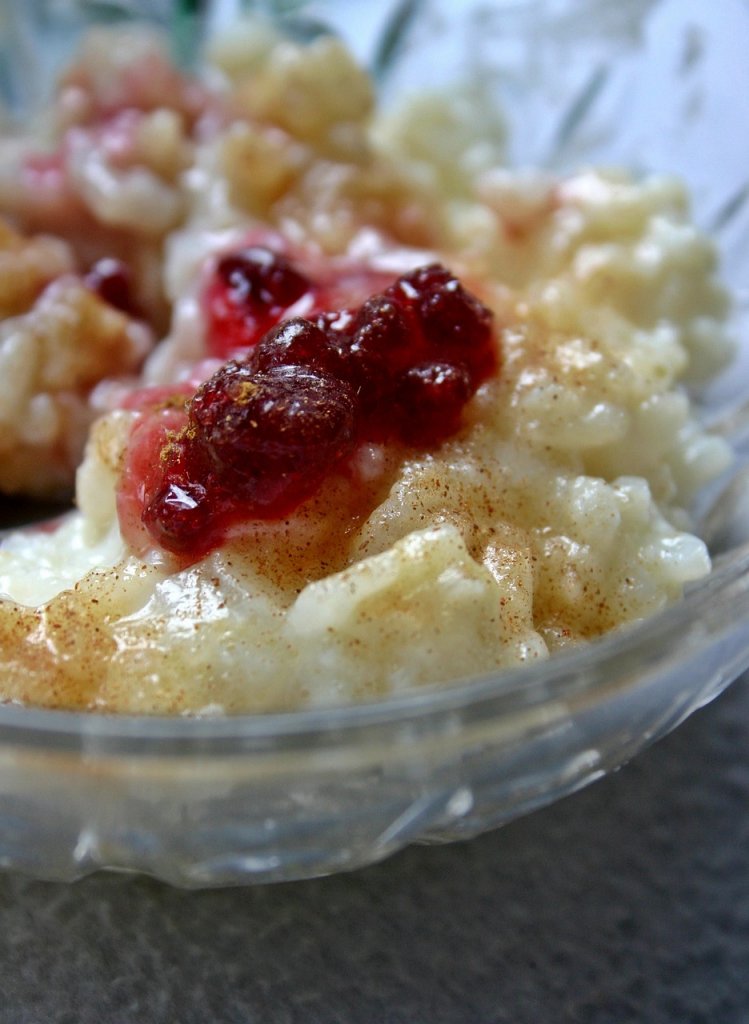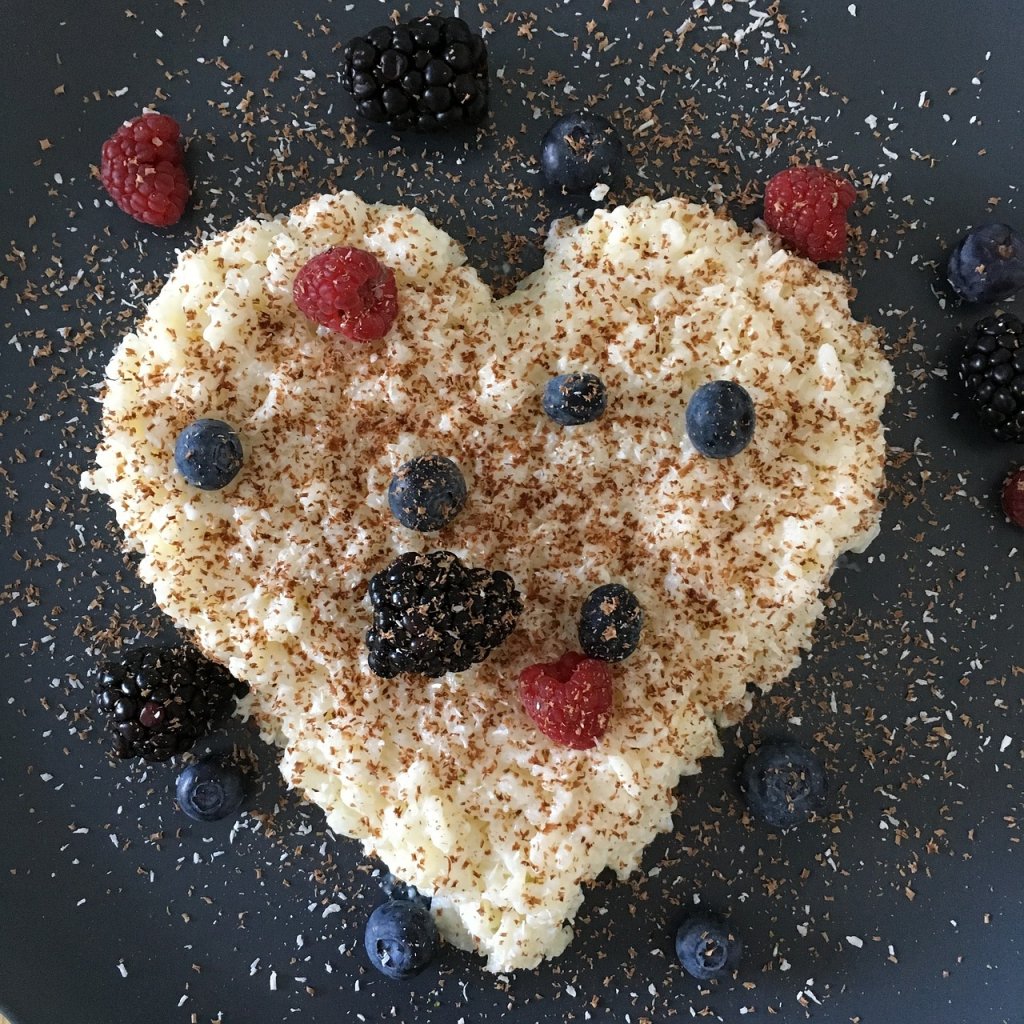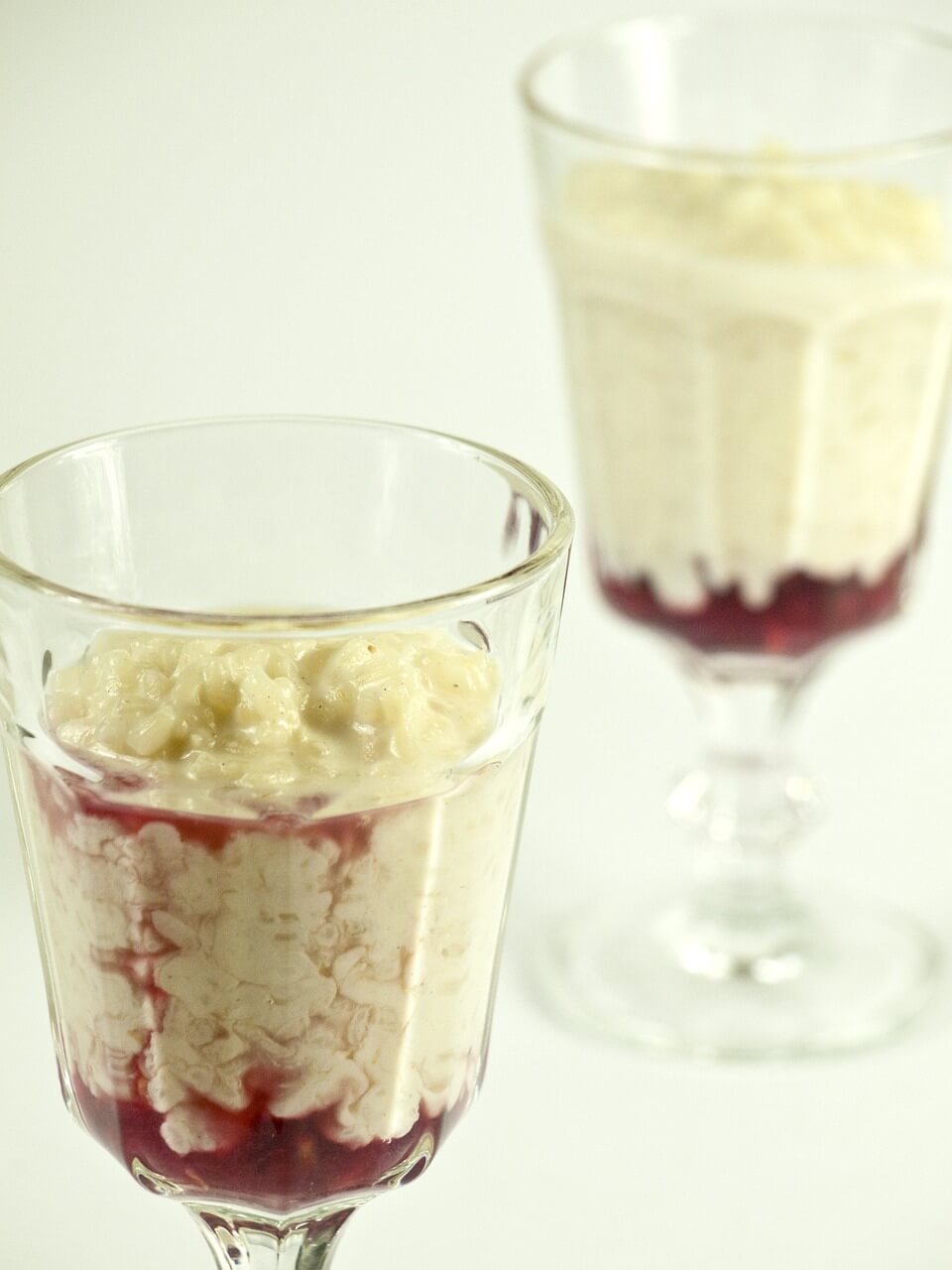In the realm of nutrition Rice vs sugar, debates frequently emerge regarding the relative health merits of different foods, with rice vs sugar often finding themselves at the center of discussion. One particular debate that garners significant attention revolves around the comparison between these two staples: rice vs sugar. The question arises: Does consuming rice pose similar health implications as consuming sugar? This intriguing inquiry prompts a deeper exploration into the nutritional profiles, physiological effects, and broader health impacts of both rice vs sugar. By dissecting this controversy, we aim to uncover nuanced insights that shed light on their respective roles in a balanced diet and overall health.
Contents
- 1 Understanding Rice vs Sugar
- 2 Glycemic Index: Explained
- 3 Rice: The Glycemic Impact
- 4 Sugar: The Glycemic Impact
- 5 Comparative Analysis;Rice vs. Sugar
- 6 Nutritional Value
- 7 Cultural and Dietary Context
- 8 Health Implications
- 9 Balanced Consumption
- 10 Myth Busting: Rice vs Sugar
- 11 Practical Tips;Rice vs. Sugar
- 12 Expert Insights;Rice vs. Sugar
- 13 Conclusion
- 14 FAQs
Understanding Rice vs Sugar
Rice, a staple food for billions worldwide, is a grain harvested from the seed of the grass species Oryza sativa. It comes in various forms, including white, brown, and wild rice. On the other hand, sugar refers to a variety of sweet, soluble carbohydrates, predominantly sucrose, found in various plants, particularly sugar cane and sugar beets.
Rice remains as a dietary foundation for billions across the globe, obtained from the seeds of the Oryza sativa grass species. This flexible grain appears in assorted structures, going from the generally consumed white rice to the more supplement rich brown and wild rice assortments. White rice goes through a refining cycle that eliminates its external grain and microbe layers, bringing about a cleaned appearance and a milder surface. On the other hand, earthy colored rice holds these external layers, enriching it with higher fiber content, alongside fundamental supplements like nutrients and minerals. Wild rice, portrayed by its unmistakable appearance and nutty flavor, flaunts a great supplement profile, offering an overflow of cancer prevention agents and protein.

Then again, sugar addresses a general class of sweet, dissolvable starches, with sucrose being its essential part. It tracks down its starting points in different plants, with sugar stick and sugar beets filling in as essential sources. The refining system includes extricating and cleansing the sucrose content from these plants, bringing about the natural granulated, powdered, or fluid types of sugar generally utilized in culinary applications. While sugar adds pleasantness to food varieties and drinks, it contributes next to zero dietary benefit, giving just void calories absent any trace of fundamental supplements like nutrients, minerals, or fiber.
Basically, while rice offers a range of supplements and dietary flexibility, sugar principally fills in as a wellspring of fast energy yet needs considerable nourishing substance. Understanding the particular qualities and nourishing profiles of rice and sugar is fundamental in settling on informed dietary decisions and keeping up with generally speaking wellbeing and prosperity.
Glycemic Index: Explained
The glycemic index (GI) measures how quickly a carbohydrate-containing food raises blood glucose levels. Foods with a high GI cause a rapid spike in blood sugar, while those with a low GI produce a slower, more gradual increase.
The glycemic file (GI) fills in as an essential device in understanding what different carb containing food varieties mean for blood glucose levels after utilization. It measures the rate at which starches in a specific food thing are changed over into glucose and enter the circulation system. This estimation is fundamental for people, particularly those with diabetes or those expecting to deal with their glucose levels actually.
Food varieties with a high GI are those that cause a fast expansion in blood glucose levels not long after utilization. These food sources are regularly contained straightforward sugars that are immediately separated and consumed by the body. Instances of high-GI food varieties incorporate white bread, sweet grains, and handled snacks. At the point when devoured, these food varieties lead to a quick spike in glucose, trailed by a resulting drop, which can leave people feeling exhausted or hungry again not long after eating.
Conversely, food varieties with a low GI produce a more slow expansion in blood glucose levels. These food sources are regularly wealthy in complex sugars, fiber, and different supplements that lull the assimilation and retention process. Instances of low-GI food varieties incorporate entire grains, vegetables, natural products, and vegetables. At the point when eaten, these food sources give a consistent and supported arrival of glucose into the circulatory system, assisting with keeping up with stable energy levels and advance sensations of satiety over a more expanded period.

By understanding the glycemic file of different food varieties, people can settle on informed dietary decisions to more readily deal with their glucose levels and generally wellbeing. Integrating an equilibrium of low-GI food varieties into dinners and bites can assist with directing blood glucose levels, diminish the gamble of ongoing sicknesses like diabetes and coronary illness, and backing generally prosperity.
Rice: The Glycemic Impact
Rice, especially white rice, is often criticized for its high glycemic index. White rice has been processed to remove the bran and germ, reducing its fiber and nutrient content and increasing its GI. However, brown rice and certain varieties like basmati and jasmine rice have a lower GI due to their higher fiber content.
Rice, especially the refined white assortment, frequently faces investigation because of its high glycemic record (GI). The handling of white rice includes the expulsion of its wheat and microorganism layers, which brings about a cleaned appearance and a milder surface. Sadly, this refining system likewise strips away a significant part of the fiber and fundamental supplements tracked down in the external layers of the grain, abandoning a carb rich yet supplement unfortunate final result.
As an outcome of this handling, white rice displays a higher GI contrasted with its crude partners. At the point when consumed, white rice causes a quick spike in blood glucose levels, which can be tricky for people looking to deal with their glucose levels or keep up with generally wellbeing.
Interestingly, earthy colored rice, alongside specific assortments, for example, basmati and jasmine rice, holds its grain and microbe layers, safeguarding its fiber content and fundamental supplements. This outcomes in a lower GI contrasted with white rice. The presence of fiber in earthy colored rice dials back the processing and retention of carbs, prompting a more progressive arrival of glucose into the circulatory system. Subsequently, earthy colored rice and these select assortments offer a better option for people hoping to control their glucose levels and receive the dietary rewards of entire grains.
By selecting earthy colored rice or other entire grain assortments over white rice, people can partake in a more adjusted and supplement rich eating routine while moderating the dangers related with high-GI food sources. Integrating these better choices into feasts can add to all the more likely glucose the board, further developed satiety, and by and large prosperity.
Sugar: The Glycemic Impact
Sugar, particularly refined white sugar, is notorious for its high glycemic index, causing a rapid increase in blood glucose levels. However, natural sources of sugar, such as fruits and honey, may have a lower GI due to their fiber and nutrient content.
Sugar, particularly the refined white assortment, is prestigious for its high glycemic file (GI), which prompts a quick height in blood glucose levels upon utilization. The refining system engaged with delivering white sugar includes stripping away the regular fiber and supplements present in the first source, commonly sugar stick or sugar beets. This outcomes in an item that is dominatingly sucrose, with practically no going with dietary benefit.
At the point when ingested, refined white sugar is quickly retained into the circulation system, causing a sharp spike in blood glucose levels. This abrupt increment can strain the body’s capacity to direct glucose levels actually, possibly prompting unfavorable wellbeing impacts, for example, insulin obstruction, weight gain, and an expanded gamble of constant infections like sort 2 diabetes and coronary illness.
Nonetheless, it’s vital to take note of that not all wellsprings of sugar act the same way in the body. Normal wellsprings of sugar, like leafy foods, contain extra parts like fiber, nutrients, and minerals, which can affect their glycemic reaction. The presence of fiber, specifically, dials back the retention of sugar into the circulatory system, bringing about a more steady expansion in blood glucose levels.
Thus, foods grown from the ground will quite often have a lower GI contrasted with refined white sugar. Furthermore, the supplements and cancer prevention agents found in these regular wellsprings of sugar offer extra medical advantages past simple energy arrangement. Integrating leafy foods into the eating regimen with some restraint can give pleasantness while advancing by and large wellbeing and prosperity.
By picking normal wellsprings of sugar over refined white sugar, people can relieve the dangers related with high-GI food sources and partake in a more adjusted and supplement rich eating routine. Picking entire food sources like products of the soil manages glucose levels as well as supports ideal wellbeing and essentialness.
Comparative Analysis;Rice vs. Sugar
In coordinating a comparable assessment among rice and sugar concerning their glycemic impact, it’s essential to think about various variables, for instance, portion sizes and overall dietary setting. While both rice and sugar might conceivably raise glucose levels, how they are consumed and their different dietary profiles expect an enormous part in choosing their ramifications for blood glucose rule.
Sugar, portrayed by its concentrated enjoyableness, will overall apply an all the more speedy and verbalized influence on glucose levels as a result of its quick maintenance into the course framework. To be sure, even in modestly little sums, sugar can cause a speedy spike in blood glucose levels, requiring alert in its use, particularly for individuals with diabetes or those importance to think about their glucose levels effectively.
On the other hand, rice, when consumed in ordinary serving sizes, in like manner might potentially add to basic glucose spikes, yet to a lesser extent diverged from sugar. The glycemic impact of rice can move dependent upon factors like the kind of rice (e.g., white, brown, basmati) and its dealing with technique. White rice, for instance, will overall have a higher GI diverged from gritty hued rice or wild rice due to its lower fiber and supplement content coming about due to the refining framework.

Regardless, it’s crucial to consider the overall dietary setting where rice and sugar are consumed. Rice, particularly when consumed as a component of a fair gala that consolidates protein, fiber, and sound fats, can help with easing its glycemic impact by toning down the maintenance of carbs and propelling satiety. On the other hand, sugar, when consumed in division or in overflow, can provoke fast changes in glucose levels and potential threatening prosperity influences.
In the end, the crucial lies with some limitation and balance. While both rice and sugar can add to glucose spikes when gobbled up in excess, coordinating them into a reasonable eating schedule that underlines whole food assortments, natural items, vegetables, lean proteins, and sound fats can help moderate their glycemic impact and advance by and large and flourishing.
Nutritional Value
In terms of nutritional value, rice and sugar differ significantly. Rice, especially brown rice, offers essential nutrients like fiber, vitamins, and minerals. In contrast, sugar provides empty calories devoid of nutrients, contributing to weight gain and various health issues when consumed in excess.
Rice and sugar are two common food sources. Rice, particularly brown rice, is a whole grain rich in fiber, essential vitamins and minerals, and complex carbohydrates that help maintain overall health. It contains all parts of the grain, including the bran, germ, and endosperm. Brown rice also contains essential vitamins and minerals like manganese, magnesium, selenium, and B vitamins, which play various roles in maintaining overall health.
On the other hand, sugar, especially refined white sugar, is high in calories but lacks essential nutrients. Consuming high-calorie foods can lead to rapid spikes in blood sugar levels, followed by crashes, leaving you feeling tired and hungry. Excessive sugar consumption is linked to weight gain, obesity, and health issues like type 2 diabetes, heart disease, and dental problems.
In conclusion, while rice provides essential nutrients and complex carbohydrates, sugar offers little to no nutritional value and can contribute to adverse health effects when consumed excessively. It is crucial to consume sugar in moderation and focus on whole, nutrient-dense foods like brown rice to support overall health and well-being.
Cultural and Dietary Context
The role of rice and sugar in diets varies across cultures. Rice is a dietary staple in many Asian countries, providing energy and sustenance. In contrast, sugar is often added to processed foods and beverages in Western diets, contributing to excess calorie intake and obesity.
Rice and sugar have changing social and dietary importance across various locales and societies. Rice is a staple in Asian nations, filling in as energy and food for millions, representing thriving, friendliness, and public sharing. Conversely, sugar is frequently added to handled food varieties and drinks as an improving specialist, adding to overabundance calorie admission and corpulence. This dependence on added sugars has been connected to persistent illnesses like sort 2 diabetes, coronary illness, and stoutness.
The uniqueness in rice and sugar utilization designs reflects social inclinations, monetary, horticultural, and verifiable variables. Rice development flourishes in districts with reasonable climatic circumstances and rural framework, while sugar creation and utilization are impacted by profession arrangements, industrialization, and dietary patterns.
Understanding the social and dietary settings encompassing rice and sugar is pivotal for advancing better dietary patterns and tending to wholesome difficulties worldwide. By perceiving the social meaning of staple food sources like rice and tending to the unavoidable utilization of added sugars in handled food varieties, policymakers, wellbeing experts, and people can cooperate to cultivate dietary examples that help ideal wellbeing and prosperity across different social scenes.
Health Implications
Excessive consumption of rice has been linked to weight gain and an increased risk of type 2 diabetes, particularly when combined with a sedentary lifestyle. Similarly, high sugar intake is associated with obesity, diabetes, heart disease, and other metabolic disorders.
Extreme rice and sugar utilization have critical wellbeing suggestions, including weight gain, type 2 diabetes risk, and metabolic issues. Rice, particularly refined assortments, can prompt spikes in glucose levels, adding to insulin obstruction and diabetes improvement. Devouring huge parts of rice without offsetting it with other supplement rich food varieties can prompt an energy unevenness, bringing about weight gain and heftiness.
Sugar, then again, is related with stoutness, type 2 diabetes, coronary illness, and other metabolic problems. Sweet drinks, snacks, and handled food sources can prompt weight gain and stoutness because of their fatty substance and negligible healthy benefit. Successive spikes in glucose levels can strain the body’s insulin reaction, expanding the gamble of insulin obstruction and type 2 diabetes. An eating regimen high in sugar has been connected to an expanded gamble of cardiovascular sickness, unfavorable consequences for cholesterol levels and circulatory strain.
To keep up with ideal wellbeing and prosperity, it is fundamental to be aware of part sizes and dietary examples. Consolidating entire grains, natural products, vegetables, lean proteins, and sound fats while limiting refined carbs and added sugars can assist with supporting generally wellbeing and alleviate the dangers related with inordinate rice and sugar utilization.
Balanced Consumption
The key to healthy eating lies in moderation and balance. Both rice vs sugar can be part of a balanced diet when consumed in appropriate quantities and in combination with other nutrient-rich foods.
Accomplishing ideal wellbeing through sustenance requires control and equilibrium. Rice and sugar can add to a decent eating regimen when devoured carefully and in fitting amounts, close by other supplement rich food varieties. Entire grain assortments like brown or wild rice are liked for their fiber and supplements, while normal wellsprings of sugar like natural products, honey, or maple syrup give pleasantness and extra supplements.
Matching rice with protein-rich food varieties like lean meats, fish, tofu, or vegetables, alongside natural products, vegetables, and sound fats, can make adjusted feasts that advance generally speaking wellbeing. While consuming added sugars, offset them with supplement thick choices and be aware of part sizes to keep away from unreasonable sugar consumption.
By zeroing in on control, assortment, and equilibrium in dietary decisions, people can partake in a balanced eating regimen that upholds ideal wellbeing and prosperity while keeping up with stable glucose levels and a sound weight. This approach guarantees the admission of fundamental supplements essential for generally speaking imperativeness and life span.
Myth Busting: Rice vs Sugar
Contrary to popular belief, neither rice nor sugar is inherently “bad” for health. It’s the quantity and frequency of consumption that matter most. Incorporating a variety of whole grains, including rice in moderation, and limiting added sugars can contribute to overall health and well-being.
In spite of normal confusions, rice and sugar ought not be denounced as intrinsically impeding to wellbeing. The amount and recurrence of utilization are the essential variables affecting their effect on in general prosperity. Both rice and sugar can be important for a decent eating regimen when consumed with some restraint and as a component of a differed and supplement rich eating design.
Consolidating different entire grains, including rice, with some restraint can give fundamental supplements like fiber, nutrients, and minerals, add to satiety and energy levels, and have been connected to different medical advantages, including worked on stomach related wellbeing, weight the executives, and decreased hazard of persistent infections.
Restricting the admission of added sugars is significant for keeping up with ideal wellbeing and forestalling unfriendly impacts. By embracing a decent way to deal with eating that stresses entire, insignificantly handled food varieties and cutoff points added sugars, people can partake in a different and fulfilling diet that advances by and large wellbeing and prosperity.

Practical Tips;Rice vs. Sugar
To include rice vs sugar wisely in your diet, opt for whole grain varieties of rice, such as brown or wild rice, and use natural sweeteners like honey or maple syrup instead of refined sugar. Focus on portion control and balance, and prioritize nutrient-dense foods like fruits, vegetables, lean proteins, and healthy fats.
To advance generally prosperity, consider integrating rice and sugar into your eating routine. Pick entire grain assortments like brown or wild rice for their fiber and supplement content, giving more supported energy and medical advantages. Explore different avenues regarding normal sugars like honey or maple syrup rather than refined sugar, which adds pleasantness and extra supplements. Practice segment control by consuming rice and sugar with some restraint to keep away from exorbitant calorie admission and glucose spikes. Focus on supplement thick food varieties like natural products, vegetables, lean proteins, and sound fats for fundamental nutrients, minerals, and cancer prevention agents.
Balance your plate by including an assortment of nutrition types, including sugars, protein, and solid fats. Match rice with protein-rich food sources like barbecued chicken, tofu, or beans, and consolidate brilliant products of the soil for flavor and sustenance. By following these viable tips, you can partake in a fair and nutritious eating routine that upholds long haul wellbeing and prosperity. Little changes in dietary patterns can prompt critical upgrades in your general wellbeing and personal satisfaction.
Expert Insights;Rice vs. Sugar
Nutritionists and health professionals emphasize the importance of variety, balance, and moderation in dietary choices. They recommend focusing on whole, unprocessed foods and limiting intake of refined carbohydrates and added sugars for optimal health.
Nutritionists and wellbeing experts stress the significance of assortment, equilibrium, and balance in dietary decisions, consolidating a different scope of food varieties from various nutritional categories and getting a charge out of them in fitting segments. This guarantees that fundamental supplements are gotten in a wide cluster, advancing in general wellbeing and prosperity.
Zeroing in on entire, natural food sources, like organic products, vegetables, entire grains, lean proteins, and solid fats, offers better dietary benefit thought about than handled and refined choices. These food varieties are plentiful in nutrients, minerals, fiber, and cancer prevention agents, advancing ideal wellbeing and supporting different physical processes.
Limitting refined carbs and added sugars in the eating regimen is likewise suggested, as these sources give next to zero dietary benefit and can add to spikes in glucose levels, weight gain, and constant ailments. Deciding on entire grain assortments of rice and regular sugars like honey or maple syrup can decrease dependence on refined carbs and added sugars while as yet getting a charge out of tasty and fulfilling dinners.
At last, nutritionists and wellbeing experts focus on the drawn out wellbeing and prosperity of people, empowering informed dietary decisions that advance by and large wellbeing, energy, and imperativeness. By embracing a fair and supplement rich eating design, people can upgrade their wellbeing and diminish the gamble of creating diet-related constant illnesses.
Conclusion
Rice and sugar have different nourishing profiles and wellbeing suggestions, in spite of influencing glucose levels. Rice gives fundamental supplements and sugars, yet refined structures can cause spikes in blood glucose levels. Sugar, then again, offers minimal dietary benefit past void calories and is frequently connected with unfavorable wellbeing impacts when consumed unreasonably. Both can be important for a fair eating routine when consumed carefully and with some restraint.
Integrating rice and sugar close by supplement rich food sources like organic products, vegetables, lean proteins, and solid fats can add to by and large wellbeing and prosperity. A decent and various eating design that underlines entire, negligibly handled food varieties while restricting refined starches and added sugars can uphold long haul wellbeing and prosperity.
FAQs
Is brown rice healthier than white rice?
- Brown rice is considered healthier due to its higher fiber and nutrient content compared to white rice.
Can I eat rice if I have diabetes?
- Yes, but it’s essential to monitor portion sizes and choose whole grain varieties like brown rice.
Does sugar from fruit affect blood sugar levels?
- While fruits contain natural sugars, they also provide fiber, which can help regulate blood sugar levels.
How much sugar is too much?
- The American Heart Association recommends limiting added sugars to no more than 6 teaspoons (25 grams) per day for women and 9 teaspoons (38 grams) per day for men.
What are some healthy alternatives to sugar?
- Healthy alternatives to refined sugar include stevia, monk fruit, and maple syrup.

